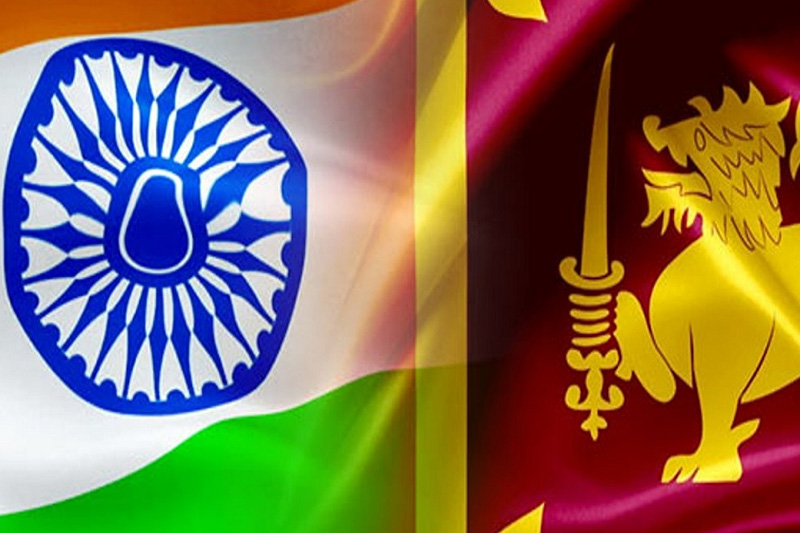In a major regional breakthrough, Sri Lanka and India are moving forward with plans to interconnect their national power grids through a High-Voltage Direct Current (HVDC) transmission line. The project aims to establish a stable and secure electricity exchange between the two countries, enhancing energy cooperation and regional development.

🔌 Strengthening Bilateral Cooperation
The proposed grid link will connect southern India’s power network with Sri Lanka via an undersea transmission line across the Palk Strait. Once completed, the connection will allow bidirectional electricity trade, ensuring energy security for both nations during demand peaks and supply fluctuations.
Officials from both governments have confirmed that feasibility studies and environmental impact assessments are nearing completion. This partnership forms a crucial part of the India-Sri Lanka Energy Connectivity Initiative, backed by the BIMSTEC framework (Bay of Bengal Initiative for Multi-Sectoral Technical and Economic Cooperation).
⚙️ Economic and Environmental Benefits
Experts emphasize that this interconnection will reduce Sri Lanka’s reliance on imported fossil fuels and provide access to India’s expanding renewable energy grid. With both nations investing heavily in solar and wind power, the grid link will promote green energy trade and regional sustainability.
In addition to economic gains, the project supports each country’s commitment to carbon neutrality. The ability to share renewable energy resources is expected to cut emissions and stabilize electricity costs across the region.
🌍 A Milestone in Regional Integration
The initiative also carries strategic importance, fostering mutual trust and cooperation between the two nations. Energy analysts describe it as a cornerstone for South Asia’s integrated energy market, opening the door to future collaborations with Nepal and Bangladesh.
Construction could begin as early as 2026, with completion projected by the end of the decade. Once operational, the project will serve as a symbol of technological and diplomatic progress in the region.
🌐 Sources:


